The history of "Exercise Is Medicine" in ancient civilizations
- PMID: 25039081
- PMCID: PMC4056176
- DOI: 10.1152/advan.00136.2013
The history of "Exercise Is Medicine" in ancient civilizations
Abstract
In 2007, the American College of Sports Medicine, with endorsement from the American Medical Association and the Office of the Surgeon General, launched a global initiative to mobilize physicians, healthcare professionals and providers, and educators to promote exercise in their practice or activities to prevent, reduce, manage, or treat diseases that impact health and the quality of life in humans. Emerging from this initiative, termed Exercise Is Medicine, has been an extensively documented position stand by the American College of Sports Medicine that recommended healthy adults perform 150 min of moderate dynamic exercise per week. The purpose of this article is to demonstrate the foundation for this global initiative and its exercise prescription for health and disease prevention has roots that began in antiquity more than two millennia ago. Individuals and concepts to remember are that Susruta of India was the first “recorded” physician to prescribe moderate daily exercise, Hippocrates of Greece was the first “recorded” physician to provide a written exercise prescription for a patient suffering from consumption, and the global influence of Galen from Rome combined with his recommendation on the use of exercise for patients in the management of disease prevailed until the 16th century. Historically intertwined with these concepts was exercise being advocated by select physicians to minimize the health problems associated with obesity, diabetes, and inactivity.
Figures
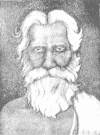
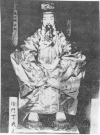
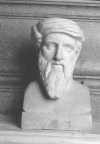
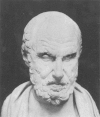
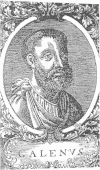
References
-
- Allbutt TC. Greek Medicine in Rome. New York: Benjamin Bloom, 1921.
-
- Amoit JM. Memoires concernant l'histoire les sciences, les arts, les moeurs, les usages etc, des Chinois, por les missionnaires de Pekin. Paris: Saint-Jean-de-Beauvais vis-a'-vis le College, 1779, vol. 4, p. 451–452.
-
- Baas JH. Outlines of the History of Medicine and the Medical Profession. Huntington, NY: Krieger, 1971.
-
- Berryman JW. The tradition of “six things non-natural”: exercise and medicine. From Hippocrates through ante-bellum America. Exerc Sport Sci Rev 17: 515–559, 1989. - PubMed
-
- Berryman JW. Exercise and the medial tradition from Hippocrates through antebellum America. In: Sport and Exercise Science, edited by Berryman JW, Park RJ. Chicago: Univ. of Illinois Press, 1992, p. 14–15.
Publication types
MeSH terms
LinkOut - more resources
Full Text Sources
Other Literature Sources
Medical

